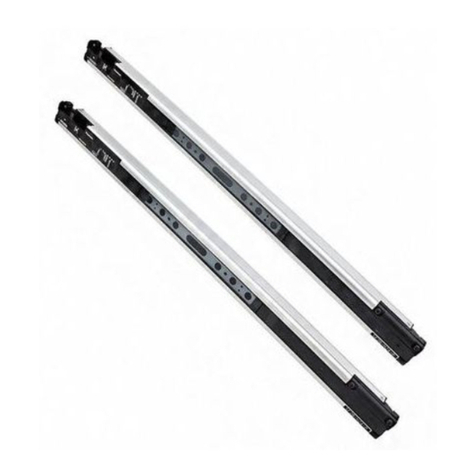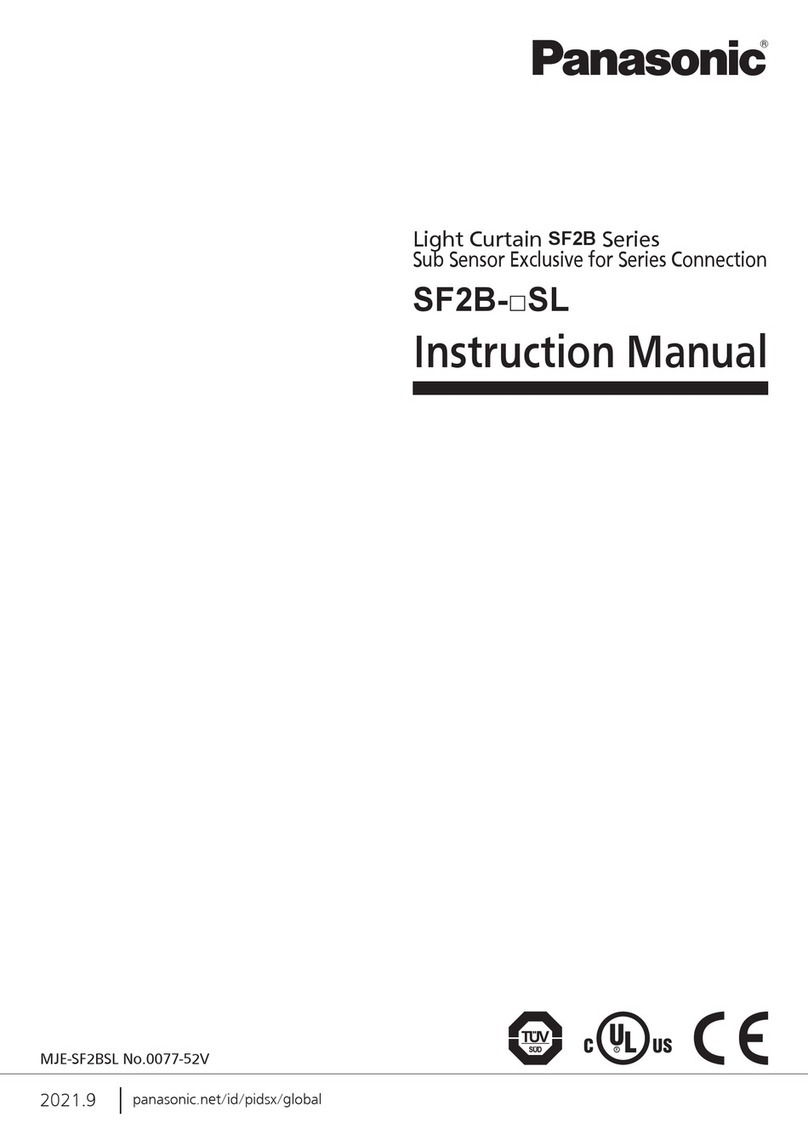
© Panasonic Industrial Devices SUNX Co., Ltd. 2016 - 5 -
Chapter 1 Introduction
1-1 Attention Marks
This instruction manual employs the following attention marks , depending
on the degree of the danger to call operator’s attention to each particular action. Read the
following explanation of these marks thoroughly and observe these notices without fail.
If you ignore the advice with this mark, death or serious injury could result.
If you ignore the advice with this mark, injury or material damage could
result.
It gives useful information for better use of this device.
1-2 Safety Precautions
Use this device as per its specifications. Do not modify this device since its functions and
capabilities may not be maintained and it may malfunction.
This device has been developed / produced for industrial use only.
This device is suitable for indoor use only.
Use of this device under the following conditions or environment is not presupposed.
Please consult us if there is no other choice but to use this device in such an
environment.
1) Operating this device under conditions or environments not described in this manual.
2) Using this device in the following fields: nuclear power control, railroad, aircraft,
automobiles, combustion facilities, medical systems, aerospace development, etc.
When this device is to be used for enforcing protection of a person from any danger
occurring around an operating machine, the user should satisfy the regulations
established by national or regional security committees (Occupational Safety and Health
Administration: OSHA, the European Standardization Committee, etc.). Contact the
relative organization(s) for details.
In case of installing this device to a particular machine, follow the safety regulations in
regard to appropriate usage, mounting (installation), operation and maintenance. The
users including the installation operator are responsible for the introduction of this device.
Use this device by installing suitable protection equipment as a countermeasure for
failure, damage, or malfunction of this device.
Before using this device, check whether the device performs properly with the functions
and capabilities as per the design specifications.
In case of disposal, dispose this device as an industrial waste.
Machine designer, installer, employer and operator
•The machine designer, installer, employer and operator are solely responsible to
ensure that all applicable legal requirements relating to the installation and the use in
any application are satisfied and all instructions for installation and maintenance
contained in the instruction manual are followed.
•Whether this device functions as intended to and systems including this device comply
with safety regulations depends on the appropriateness of the application, installation,
maintenance and operation. The machine designer, installer, employer and operator
are solely responsible for these items.
Engineer
•The engineer would be a person who is appropriately educated, has widespread
knowledge and experience, and can solve various problems which may arise during
work, such as a machine designer, or a person in charge of installation or operation etc.
































